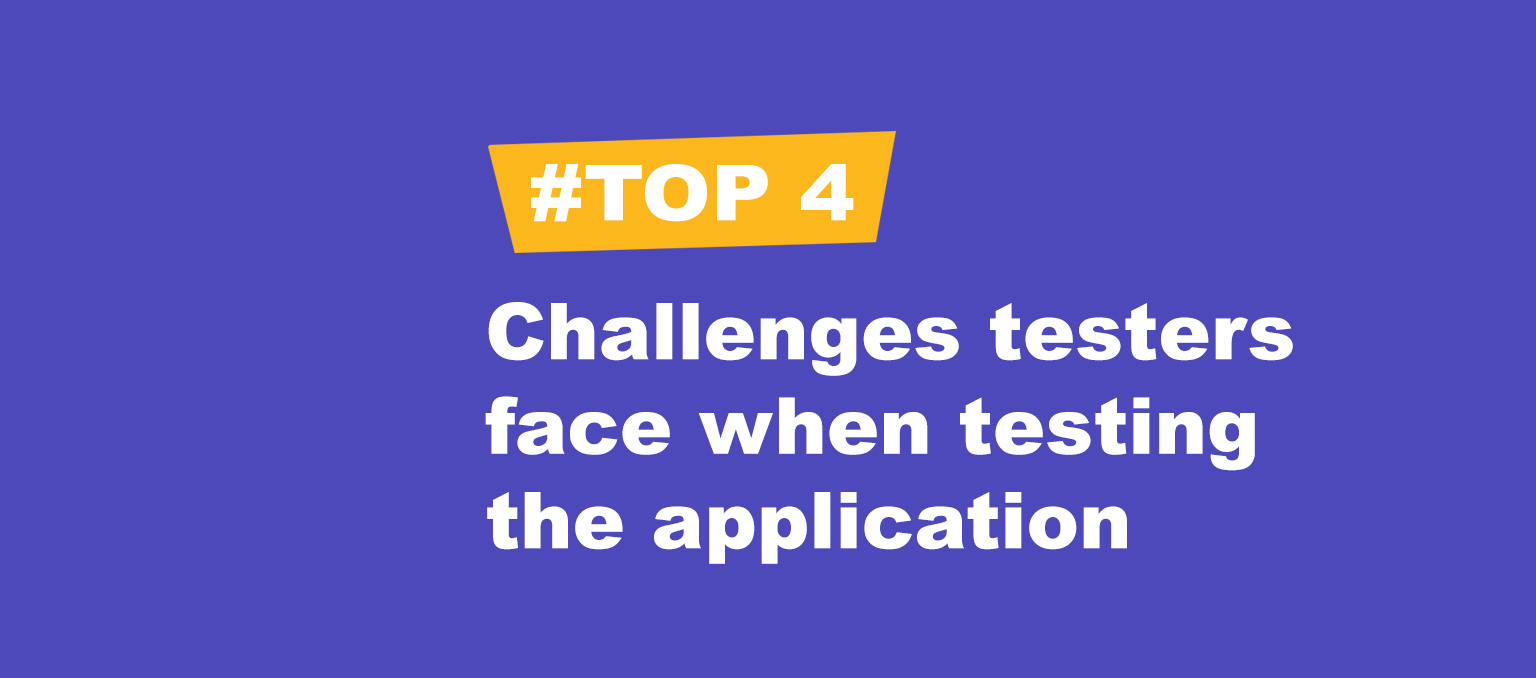Financial services are facing a major challenge. Fraudsters are getting smarter, and traditional tools are no longer enough. This is where predictive analytics is making a difference.
What is Predictive Analytics?
Predictive analytics is a method that uses historical data to make informed guesses about future outcomes. It involves statistics, machine learning, and data mining techniques. The goal is to identify patterns in data that can predict events like fraud or loan defaults.
The Rise of Fraud in Financial Services
Digital transactions surged during COVID-19. Along with it, fraud cases increased rapidly. Hackers exploited system vulnerabilities. Financial services were especially at risk. They serve large customer bases who are often unprotected. Fraud not only causes financial loss but also breaks customer trust. Once that happens, it’s difficult to rebuild. That’s why many financial service providers are turning to AI and predictive analytics software.
Why Predictive Analytics Matters in Financial Services
Financial services rely on trust and volume. A small increase in fraud can cause massive damage. Predictive analytics allows these organizations to detect suspicious behavior early. That means fewer losses and faster responses. For example, if a borrower’s repayment pattern suddenly changes, the system can raise a red flag. The institution can intervene before the loan defaults. This saves time, money, and relationships.
Real-Time Detection and Prevention
Modern predictive analytics software tools can analyze huge datasets instantly. They use real-time screening to check for anomalies. If something unusual happens—like multiple accounts linked to one IP address—it is flagged immediately. These tools also use network analysis. That means they look at relationships between people and transactions. If multiple users are connected to one source or location, the software can detect it.
Want to learn how we test these systems for accuracy and performance?
Check out our fintech testing solutions.
Advanced Features in Predictive Analytics Software
The latest tools do more than just scan data. They also offer:
• Biometric authentication for added security
• Natural language processing to analyze written data
• Integration with blockchain to improve transparency
With these layers in place, financial services can stay ahead of fraudsters.
Predictive Analytics in Risk Management
Risk is unavoidable in financial services. But poor risk management can destroy a firm. Predictive analytics helps organizations identify risky loans before they become a problem. The process starts with collecting borrower data. This includes repayment history, income levels, and behavioral data. The system then uses machine learning to score risk levels. Loans with high default chances are flagged. These models get better over time. As more data is added, predictions become more accurate. This is where predictive analytics software tools show their full value.
Case Study: Tala
Tala is a fintech company that offers microloans in developing countries. Many of their customers don’t have credit scores. Instead, Tala uses behavioral data from smartphones to evaluate loan applicants. Their AI models analyze how often people call their contacts, pay bills, or recharge their phones. Using predictive analytics, Tala can offer loans in minutes—with low default rates.
Benefits for Financial Services
By adopting predictive analytics, financial services can:
• Reduce fraud
• Improve loan repayment rates
• Lower operational costs
• Offer better services to their customers
These benefits are essential for long-term growth.
Predictive Analytics Software: What to Look For
If you are considering adopting predictive analytics software, here are a few things to consider:
- Scalability – Can the tool grow with your business?
- Speed – How quickly can it analyze new data?
- Accuracy – What’s the success rate in detecting fraud or predicting defaults?
- Integration – Can it work with your existing systems?
- Compliance – Does it meet regulatory standards?
It’s also important to choose a tool that your team can use easily. A complex dashboard might slow down decision-making.
Future Trends in Predictive Analytics for Finance
The demand for AI-based fraud detection is growing. Forecasts suggest that the global market for these tools will grow at a compound annual rate of 19.1% between 2023 and 2028. New trends include:
• Real-time fraud detection in milliseconds
• Improved explainability in AI models
• AI-driven early warning systems
• More secure biometric tools
These advances will help financial services not just survive but thrive.
Challenges and Limitations
Despite its benefits, predictive analytics has some challenges. One issue is data quality. Inconsistent or incomplete data can reduce accuracy. Another challenge is the lack of trained professionals. Using these tools requires expertise in AI, statistics, and finance. Many organizations in developing regions still struggle with this. Lastly, some predictive models may inherit bias from historical data. It is critical to audit these models regularly to maintain fairness and transparency.
Conclusion
Predictive analytics is reshaping how financial services manage fraud and risk. With the right predictive analytics software, organizations can detect fraud early, improve risk management, and serve their communities better. By using AI and data-driven tools, financial services can become more resilient. This helps them achieve their mission of financial inclusion in a secure and sustainable way.

